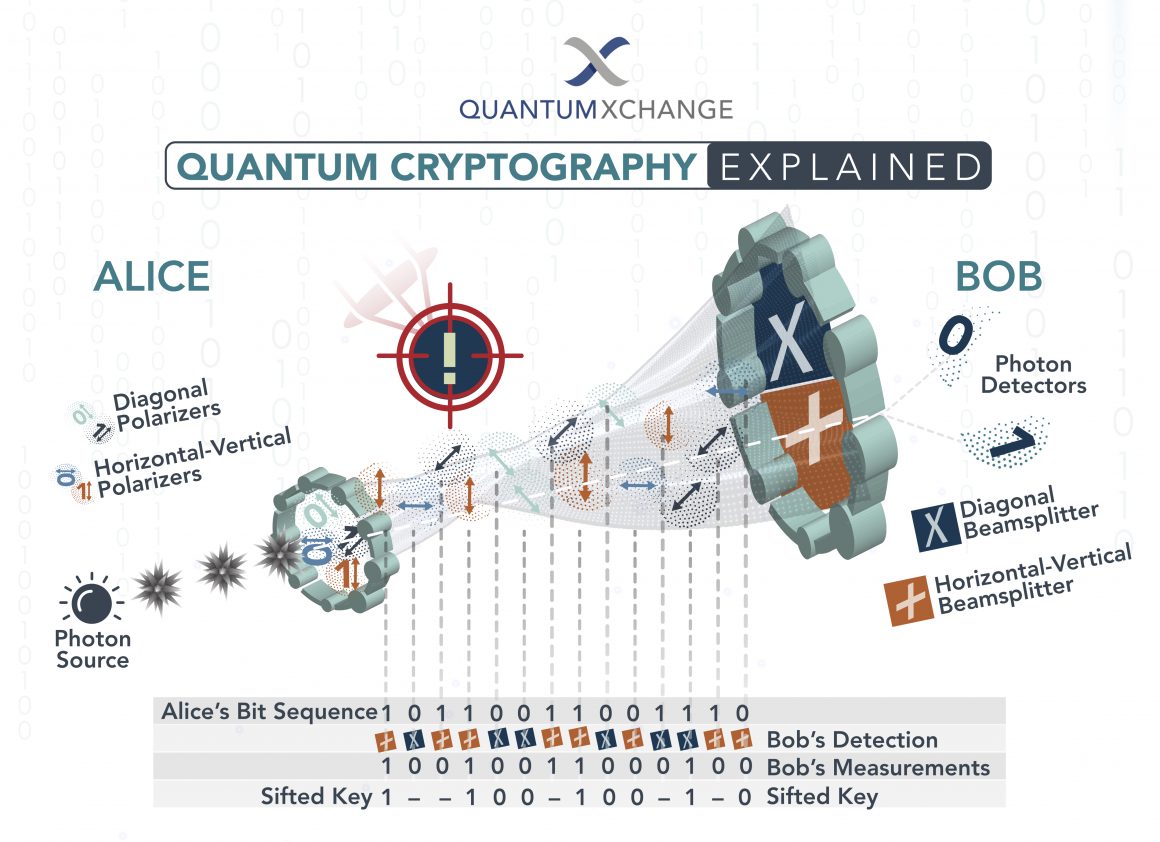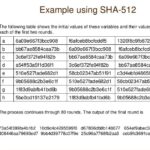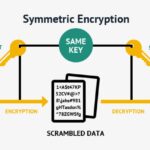In an age of rapid technological advancements, the rise of quantum computing elicits both excitement and apprehension, particularly in the realm of cryptography. As we delve into the intricacies of quantum-safe cryptography algorithms, we might ask: What happens when the very backbone of our digital security becomes vulnerable? This question leads us to explore how these innovative algorithms are designed to withstand the formidable capabilities of quantum computers.
To grasp the foundational principles of quantum-safe cryptography, one must first understand the limitations of classical cryptographic methods, particularly those reliant on mathematical problems such as integer factorization and discrete logarithms. For decades, algorithms like RSA and ECC (Elliptic Curve Cryptography) have been predominant, providing robust security for a myriad of online transactions. Yet, the advent of quantum computing threatens to dismantle these longstanding security protocols.
The core issue lies in Shor’s Algorithm, a groundbreaking quantum algorithm capable of efficiently solving problems that are computationally infeasible for classical computers. Shor’s Algorithm can factor large integers and compute discrete logarithms in polynomial time, rendering traditional methods impotent against quantum attacks. Consequently, the cryptographic community has rallied around developing quantum-safe algorithms that can resist such vulnerabilities.
Quantum-safe cryptography, often referred to as post-quantum cryptography, focuses on creating algorithms that do not rely on problems solvable by quantum computers. This initiative encompasses various classes of mathematical problems, which can be broadly categorized into lattice-based, code-based, multivariate polynomial, and hash-based schemes.
Lattice-based cryptography, one of the most promising paradigms, leverages the mathematical structure of lattices. A lattice is essentially a multidimensional grid of points, with each point representing a potential solution to a mathematical problem. The security of lattice-based algorithms, such as the Learning With Errors (LWE) problem and the Shortest Vector Problem (SVP), relies on the computational difficulty of finding short vectors in such lattices, a task that remains hard even for quantum computers.
In contrast, code-based cryptography is grounded in error-correcting codes, particularly the Syndrome Decoding problem. Algorithms like McEliece leverage this foundation, utilizing the inherent complexity of decoding a codeword without knowledge of the corresponding private key. The strength of these codes lies in their historical resilience against known attacks, combined with the complexity that quantum algorithms face.
Multivariate polynomial cryptography transforms the problem into solving systems of multivariate polynomial equations over finite fields. The complexity of this algebraic structure provides significant resistance to quantum cryptanalysis. Notable schemes under this umbrella include the Unbalanced Oil and Vinegar (UOV) and the Rainbow signature scheme.
Hash-based algorithms, grounded in the principles of hash functions, offer another avenue for quantum resistance. These algorithms, such as the Merkle signature scheme, utilize one-time signatures derived from hash functions, ensuring that they remain secure even in a post-quantum world. The inherent nature of hash functions, which are designed to be one-way and collision-resistant, contributes to the robustness of these systems.
Nevertheless, merely having secure algorithms is not enough; the implementation of these quantum-safe solutions poses its own set of challenges. Transitioning from classical to quantum-safe methods requires a comprehensive overhaul of existing systems across various sectors, from telecommunications to banking. This can be both technically daunting and economically burdensome.
Moreover, evaluating the performance of quantum-safe algorithms presents an added layer of complexity. As these new algorithms are integrated into existing infrastructures, it’s paramount to assess not only their security but also their efficiency and speed in comparison to classical counterparts. Latency and computational overhead become crucial factors, especially for applications requiring real-time data exchange.
A critical point to consider is interoperability. As organizations implement quantum-safe solutions at different paces, the coexistence of classical and quantum-safe algorithms may lead to potential vulnerabilities in hybrid systems. Therefore, establishing guidelines for secure communication across differing protocols is essential to maintain integrity and confidentiality.
As we ponder the implications of quantum-safe cryptography, it becomes evident that the transition to these algorithms is not merely a technical endeavor, but also a philosophical one. The reliance on trust in cryptographic systems, built over decades, is challenged as new paradigms emerge. How do we foster confidence in systems that are yet untested at scale?
Educational initiatives must play a pivotal role in easing the transition. Stakeholders, ranging from developers to policy makers, must be well-versed in the nuances of quantum cryptography. Workshops, seminars, and online resources will be instrumental in disseminating knowledge about implementing, managing, and mitigating risks associated with quantum-safe algorithms.
Ultimately, as quantum computing continues to evolve, so will the field of cryptography. The proactive development of quantum-safe algorithms is not merely a response to an impending threat, but a necessary evolution to preserve the sanctity of digital communication. While the journey to secure cryptography in a quantum era presents numerous challenges, it also holds the promise of fortifying our digital future against unprecedented threats.








Leave a Comment